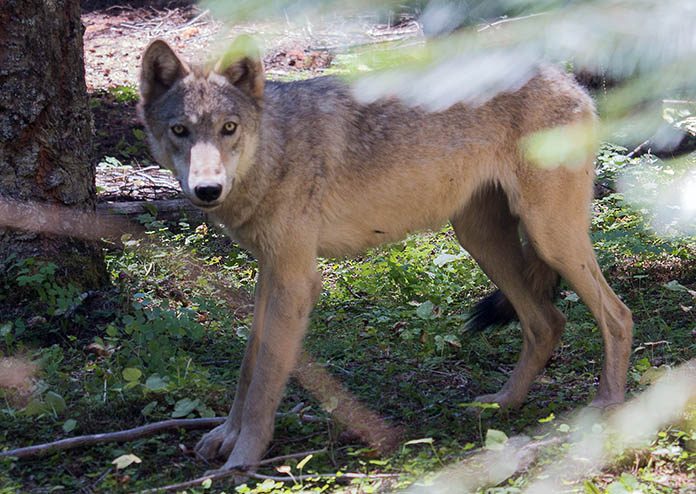
The Oregon Department of Agriculture has awarded an additional $68,531 to four counties to be used for implementing livestock management techniques or non-lethal wolf deterrent techniques designed to discourage interactions between wolves and livestock. Half of the funding comes from two federal prevention grants with the state providing the other 50 percent through the Supplemental Prevention Grant process.
Wallowa, Umatilla, Jackson, and Morrow counties have experienced an increase in wolf activity. Wallowa, Umatilla, and Jackson have a recent history of wolf depredation. All four counties will receive additional prevention funds:
· Wallowa County will receive $29,195
· Umatilla County will receive $29,195
· Jackson County will receive $6,141
· Morrow County will receive $4,000
The supplemental funds are in addition to $184,039 awarded in May to 10 counties, including the four receiving the new funds, through the state’s Wolf Depredation Compensation and Financial Assistance County Block Grant Program. Most of the state funds– 70 percent– are directed towards proactive, non-lethal efforts to reduce conflicts between wolves and livestock.
Historically, funds designated for prevention have been used for specific proactive, non-lethal activities:
· Reducing attractants – bone pile removal, carcass disposal sites
· Barriers – fencing, fladry, electrified fladry
· Human presence – range riders, herders or other guarding
· Livestock protection dogs and other guarding animals;
· Alarm or scare devices– radio-activated-guard (RAG) device, other light and sound making devices
· Hazing or harassment of wolves – loud noises, firing shots in the air, spotlights, or other confrontation with wolves
· Livestock management/husbandry changes – changing pastures, night feeding, reduced calving period, birthing earlier, changing herd structure
· Experimental Practices – bio-fencing, belling cattle









